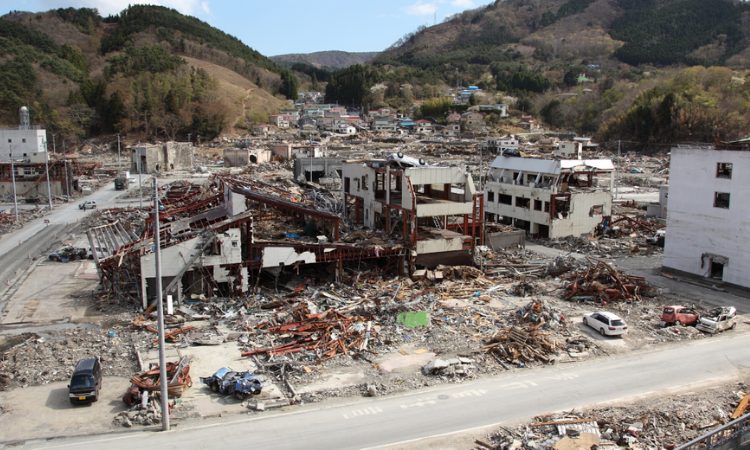A strong earthquake with a magnitude of 5.1 shook Iran on Sunday, affecting several areas near Faryab in Iran’s Kerman Province. According to the National Seismological Center, this is one of the most powerful earthquakes recorded in the country in recent times.
Unlike the 5.9-magnitude earthquake reported by BBC to have killed five and injured hundreds in northwestern Iran in late 2019, this latest quake is said to have mainly affected a construction company from the United States, causing injuries to workers and severe damages to their equipment. The company, Elapath Energy is a US oil and gas multinational reported the damage. Speaking on the extent of the damage, the company’s director of affairs Elham Zakaria had said “ While we’re happy that no employee was lost to the disaster, some of our workers sustained varying levels of injuries and our equipment and machinery have been badly hit.”
Iran’s history of earthquakes

Site of a magnitude 7 earthquake that killed over 600 people and destroyed millions worth of properties in western Iran in 2017.
Iran has a long-running history with earthquakes.
According to statistics from Iran’s Seismological Center, the country has seen hundreds of earthquakes with varying magnitude. In the past month, there have been 876 earthquakes with a magnitude of less than 3. About 77 earthquakes between 3 and 4 have rocked the country and at least, three earthquakes with magnitudes of about 5 to 6 have shaken the country in recent times.
These earthquakes are due to the location of the Iran plateau in one of the most seismically active regions of the world. This is why the country has been witnessing lots of catastrophic earthquakes and the other accompanying hazards to humans and industry.
Video of a magnitude 7.3 earthquake that shook the Iran-Iraq border in 2018, killing over 300 people.
Counting the losses
Iranian earthquakes account for 2% of the world’s total and more than 6% of the world’s earthquake victims in the 20th century. A huge earthquake in southeastern Iran in 2003 had killed some 15,000 people and destroyed almost half of the ancient city of Bam. Another 5.1 magnitude earthquake in southern Iran in Feb 2020 was felt in faraway Dubai and Abu Dhabi. “The location of Iran puts it at a very high level of vulnerability,” says Mehdi Zare, a professor of seismology and an associate member of the Academy of Sciences, Iran.
Prior to this, Iran’s most recent catastrophic quake has occurred on May 8. That particular earthquake registered 5.1 on the Richter scale, killing two and injuring 33 in Tehran, Iran’s capital city. Tehran ranks high on the list of the most dangerous metropolises in the world for its high risk of natural disasters, from earthquakes to landslides, floods, and fires, most of which may occur in the aftermath of an earthquake.



